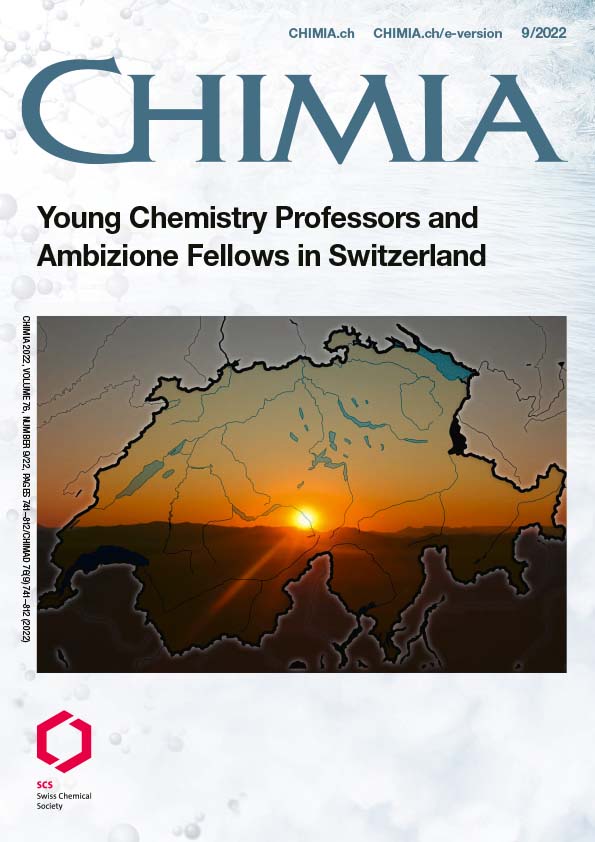Direct C–H Arylation
DOI:
https://doi.org/10.2533/chimia.2022.777PMID:
38069706Keywords:
C–H activation, C–H arylation, Palladium, Spatial anion controlAbstract
Bonds between hydrogen and carbon atoms are the most frequent type of bonds in organic molecules. The ability to replace hydrogen atoms by making other types of bonds to carbon atoms can enable simpler access to complex organic molecules by substituting multistep synthetic sequences. The use of transition metal catalysts to activate C–H bonds is particularly attractive as it offers control over the reactivity and selectivity through catalyst design. However, such functionalization includes the difficult breaking of strong C–H bonds that are not activated by the presence of other groups. Additionally, the common presence of a number of C–H bonds in a molecule raises the issue of site-selectivity because differentiation of C–H bonds that are in sterically and electronically similar environments is a challenge. We discuss selected recent developments that are a part of the long-term research interest in mild and selective C–H activation reactions with a focus on the replacement of C–H bonds with C–aryl groups and an emphasis on the work of our group.
Downloads
Published
Issue
Section
License
Copyright (c) 2022 Jyoti Dhankhar, Ilija Coric

This work is licensed under a Creative Commons Attribution 4.0 International License.







